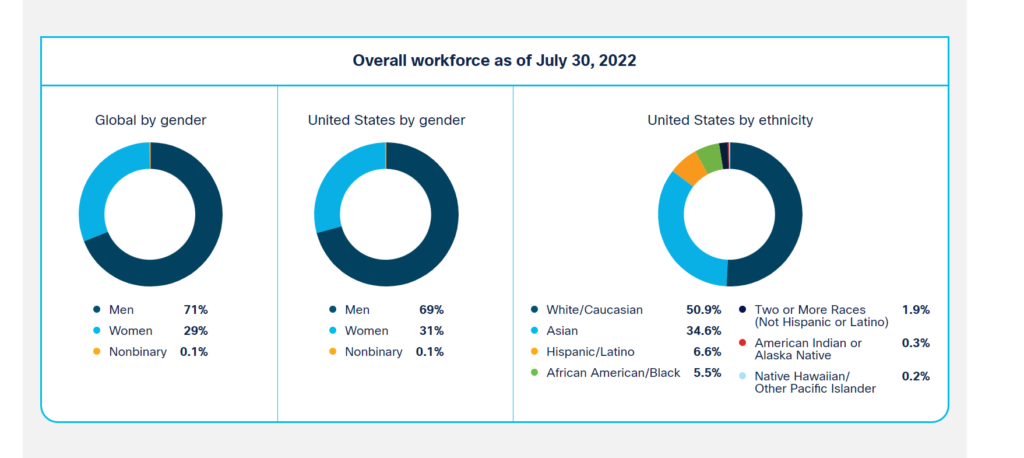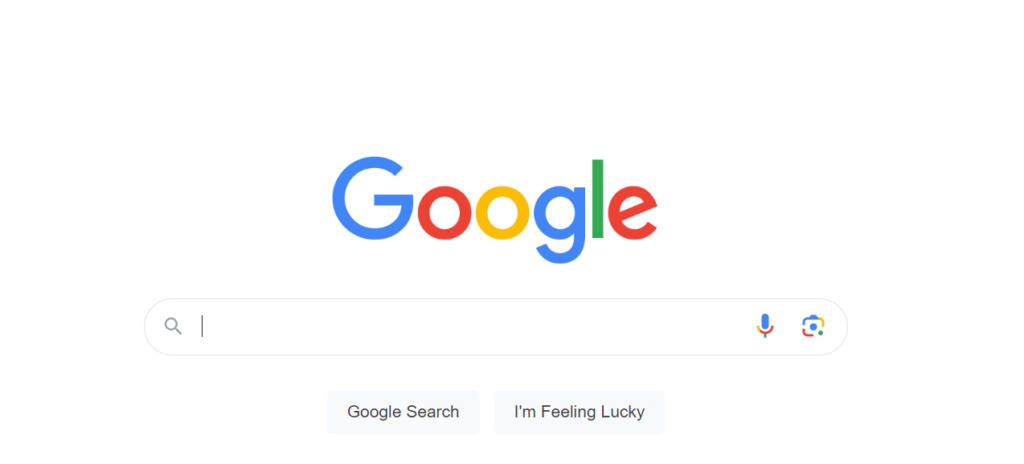Real-Life Impact: 5 Stakeholder Engagement Success Stories

Discover five inspiring real-life examples of successful stakeholder engagement efforts and the positive impacts they’ve had on organizations and communities.
In today’s business environment stakeholder engagement is an essential part of any successful organization. By engaging with their stakeholders, organizations gain a better understanding of their needs and priorities. This helps them create value on multiple fronts such as through improved financial performance, reduced risk, and increased brand reputation while building stronger relationships.
In this article, we will explore 5 examples of companies that have created value through stakeholder engagement. These companies have engaged with their stakeholders in various ways to develop and implement innovative solutions, build stronger relationships, and create value for both the company and its stakeholders.

1. The Body Shop
The Body Shop is a cosmetics company that is known for its commitment to ethical and sustainable business practices. The Body Shop engages with its stakeholders is through its Community Fair Trade program. Launched in 1987, this program sources ingredients from sustainable suppliers (producers, farmers, and artisans) in developing countries. The Body Shop pays fair prices to its suppliers and provides them with support and training. This program has helped to create jobs and improve the livelihoods of thousands of people, many of them women living in developing countries.
Another way The Body Shop is actively engaging with its stakeholders is to achieve its goal of cutting carbon emissions by 42% by 2030, covering ingredients, packaging, transportation, and post-consumer disposal. Working towards this ambitious goal has meant developing partnerships with stakeholders to drive systemic business transformation.
‘For 35 years, our Community Fair Trade programme has achieved positive social and environmental impact through partnerships with suppliers who share our vision for a better future. Together, we pay fair prices, improve working conditions and support sustainable livelihoods, including for underemployed people such as rural women. Recognising that many of our Community Fair Trade partners live in rural (low-income) communities with limited economic opportunities and those disproportionately affected by the climate emergency, we also help to fund community projects to improve access to education, healthcare, sanitation and water conservation facilities.’
The Body Shop – Sustainability Report 2022

2. Cisco
Cisco is a networking company that is known for its commitment to diversity and inclusion. One of the ways that Cisco engages with its stakeholders is through its inclusion and diversity efforts. This includes providing training to employees on inclusivity and diversity (In 2020, ‘more than 3,000 of our team members engaged in impactful development initiatives by collaborating with renowned organizations known for their expertise in advancing diversity and inclusion). As a result, they have one of the most diverse executive leadership in their industry.
Additionally, Cisco adopts a collaborative approach involving industry peers and stakeholders. These collective endeavors enable Cisco to assist suppliers in conforming to established standards, enhancing their ability to tackle emerging concerns, and promoting engagement with rightsholders in Cisco’s supply chain.
Another way that Cisco engages with its stakeholders is through its employee resource groups (ERGs). ERGs are employee-led groups that focus on a particular identity or affinity group. Cisco has ERGs for a variety of groups, including women, people of color, people with disabilities, and LGBTQ+ people. ERGs provide a space for employees to connect with each other, share resources, and advocate for diversity and inclusion in the workplace.
Cisco’s purpose is to Power an Inclusive Future for All. Our Purpose Report and environmental, social, and governance (ESG) focus areas are organized according to the three key pillars of our purpose: Power, Inclusive, and Future. But perhaps the most important words of Cisco’s purpose statement are the final two: “for All.” Partnership and collaboration with our customers and stakeholders, throughout our value chain, and across the industry, allow us to multiply our efforts and scale our impact.
Cisco Purpose Report 2022
3. Intel
Intel is a leading semiconductor chip manufacturer company that is known for its commitment to sustainability. One of the ways that Intel engages with its stakeholders is by engaging with them in joint efforts to empower marginalized communities through education and technology, as well as to drive accountability and enhance capabilities within their worldwide supply chain, particularly regarding human rights adherence.
Another way that Intel engages with its stakeholders is by enlisting the services of a third-party expert for a thorough ESG materiality assessment conducted biennially. The purpose of this assessment is to pinpoint and rank ESG concerns most significant to stakeholders and those influencing the company’s performance.
Additionally, according to Intel, in 2022 they maintained ongoing interactions with external stakeholders and human rights experts to continually shape and evolve their human rights policies and oversight procedures.
We build energy efficiency into our products to help our customers lower their own emissions, energy usage, and costs, and we collaborate with policymakers and other stakeholders to use technology to address environmental challenges.’
Intel Corporate Responsibility Report 2022-23

4. Starbucks
Starbucks is another prominent example of a company that does stakeholder engagement well. Starbucks is a coffee company that is known for its commitment to social and environmental responsibility.
Starbucks engages with its stakeholders through its Coffee and Farmer Equity (C.A.F.E.) Practices program. This program certifies coffee farms that meet certain social and environmental standards. Starbucks pays a premium for C.A.F.E. Practices coffee and provides support to farmers to help them improve their practices.
Starbucks also engages with its stakeholders through its “My Starbucks Idea” program. This program allows customers to submit ideas for how Starbucks can improve its products and services. Starbucks has implemented a number of ideas that have been submitted through the “My Starbucks Idea” program.
Our ESG goals are created and evaluated through a thorough review process that involves examining materiality and identifying critical issues for our business. By engaging with both internal and external stakeholders throughout this process, we ensure that our strategy and goals are tailored towards key areas where we can make the greatest impact and generate positive outcomes.
Starbucks Environmental & Social Impact Report 2022

5. Google
Google engages with its stakeholders, including employees, customers, and communities, to develop and implement innovative solutions that address global challenges.
One way that Google engages with its stakeholders is through its Google for Education initiative. This initiative provides support to schools and universities to help them integrate technology into the classroom. Google for Education offers a variety of resources to schools and universities, including training, curriculum support, and access to Google’s suite of productivity tools.
Another way that Google engages with its stakeholders is through its Google AI for Social Good program. This program supports the use of artificial intelligence (AI) to solve social and environmental challenges. Google AI for Social Good provides grants and support to organizations that are developing AI solutions to address issues such as climate change, poverty, and disease.
Google also engages with its stakeholders through its Google.org philanthropic arm. Google.org supports a variety of programs and organizations that are working to improve education, health, and sustainability around the world. For example, Google.org supports programs that provide access to digital literacy training and technology resources for underserved communities.
Google’s stakeholder engagement has helped the company to create value in a number of ways. First, it has helped Google to develop and implement innovative solutions that address global challenges. Google’s work with its stakeholders has helped the company to identify and prioritize these challenges, and to develop solutions that are tailored to the needs of specific communities.
Second, Google’s stakeholder engagement has helped to reduce its risk exposure. By working with its stakeholders, Google is better able to identify and mitigate potential risks. For example, Google’s work with schools and universities has helped to reduce the risk of being disrupted by new technologies.
Third, Google’s stakeholder engagement has helped to improve its innovation capabilities. By working with its stakeholders, Google is better able to identify new needs and develop new technologies that meet those needs. For example, Google’s work with AI for Social Good has helped the company to develop new AI solutions to address a variety of social and environmental challenges.
Overall, Google’s stakeholder engagement is a model for other companies that want to create value for their businesses and their stakeholders.
Here are some specific examples of how Google has engaged with its stakeholders:
- Google for Education has provided training and support to over 200 million teachers and students in over 200 countries.
- Google AI for Social Good has provided grants and support to over 500 organizations since its launch in 2017.
- Google.org has invested over $1 billion in educational programs and resources since 2012.
Google’s stakeholder engagement is specific, effective, and aligned with the company’s values and mission. This has helped Google to become a leader in innovation and social responsibility.



